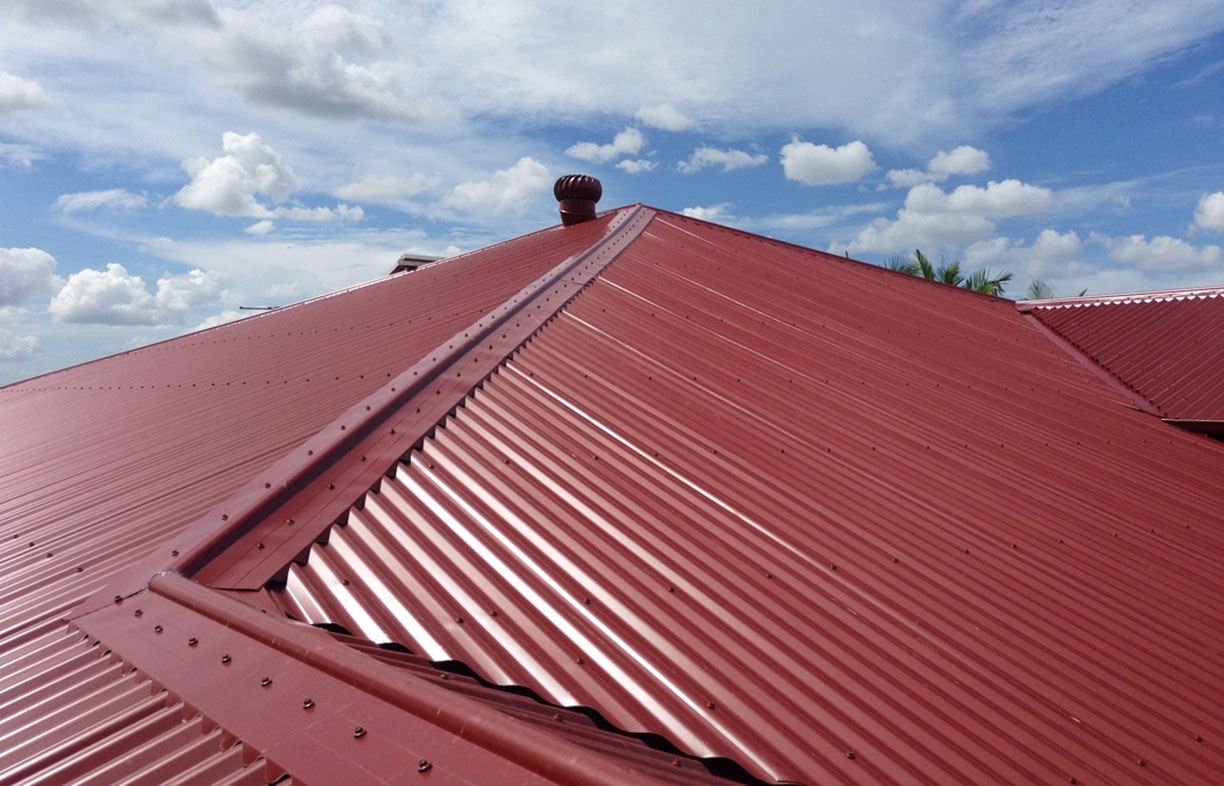
Flat Roofing Materials – A Guide to Choosing a Roofing Solution
Roofing refers to the application of material to the surface of a building to support it. A roof is usually the covering of a structure, adding upbuildings and materials needed to support it on top of buildings, or on uprights. A roof, like any other structure, is subject to wear and tear and decay over time. However, an effective and efficient roof installation can prevent significant damage from occurring in the first place. A roofing system is made up of several elements, each contributing a unique method of protection.
Roofing materials:
In addition to the roofing materials used to maintain a roof, the roofing system can include such things as pitch, shingles, sheathing, and flashing. Roofing materials used for pitch are typically either blown or propelled through holes in the roofs, providing added strength to the roof. For storm protection, asphalt shingles are typically the preferred choice, as they offer the best weather protection and durability. Unfortunately, asphalt shingles are also the most expensive, which can limit its use to only those properties in the most severe hurricane or tornado zones.
Re-roofing system:
Roofing systems also include re-roofing, which is replacing or repairing older, damaged or unstable roofs. The main objective is to eliminate the risk of moisture seeping into the attic. By removing the old roof, a re-roofing system can be installed, ranging from a simple bifold or swing hung system to a fully concealed, self-contained system of skylights, doors, and lighting. Newer methods such as photovoltaic solar power panels or geothermal design can provide a completely renewable energy source that is environmentally sound and virtually maintenance free. With so much attention being paid to green living and energy, it is no surprise that roofing companies are quickly recognizing the benefits of installing new roofs with these types of systems.
Thatch is a material that makes up the interior layer of a roof, protecting the rest of the roof from the elements. However, if the thatch material begins to wear away or if it gets wet, the roof will begin to leak. Asphalt shingles are the most common roofing material used for homes in the southeastern United States and parts of Canada. They are a fire retardant that offer excellent protection from fire, but at the same time offer great strength and durability. Other materials such as slate are also used, but because of their absorbent nature, they tend to rot more easily, even after they have been painted.
Important factors about property’s surface:
When a new asphalt shingle roof needs to be replaced, one of the most important factors that need to be considered is the slope of a property’s surface. If the slope is too steep, rain and snow runoff can run down the slope and pool under the roof. This water can lead to structural damage on the roof, causing leaks and mold to form. The use of a sloping roof will greatly reduce the amount of rain and snow that can run off a property, keeping the inside of the house dry and the exterior of it safe from the potential dangers of rain and snow.
Another consideration for choosing flat roofs is whether or not they are aesthetically pleasing and can blend seamlessly with surrounding landscaping. Most asphalt shingle roofs are designed to resemble traditional wood shakes or other flat roof structures, but some manufacturers have also introduced bi-xenon-pumped flat roofs that exhibit increased energy efficiency. Bi-xenon is a naturally renewable energy source that can be found in cornstarch, found in certain foods such as strawberries and apples. While bi-xenon flat roofs do not provide the same insulation features as other types of flat roofs, they are an attractive option that may appeal to a number of homeowners. Other roofing materials that are available include metal roofs, including flat roofs made from corrugated metal, fiberglass, slate, and tile.
